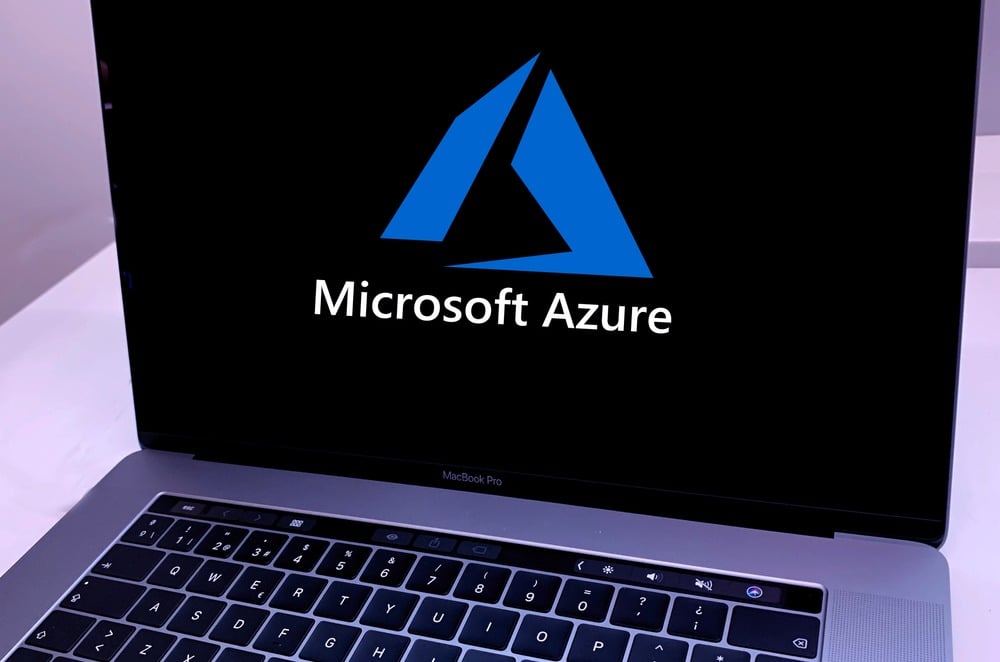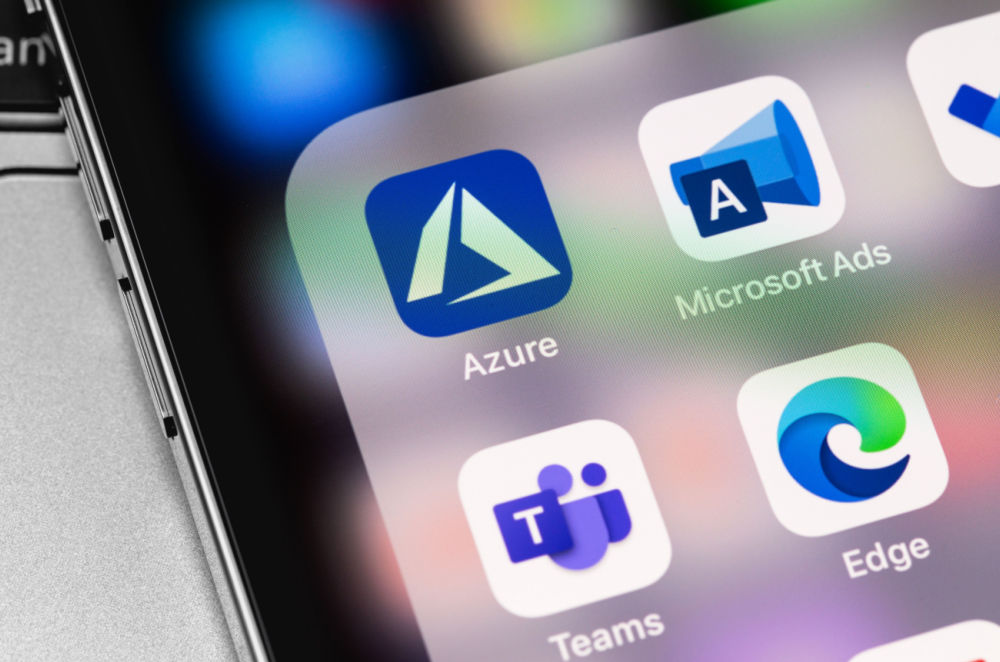If you’re using Microsoft Azure for your Content Delivery Network (CDN), then keep reading.
On October 31, Azure CDN Standard from Akamai will be retired per a recent Microsoft announcement.
Since 2016, Azure has made it easy to adopt Akamai’s Azure CDN as a quick way to get your organization’s externally facing applications to customers. But the two parties have chosen not to move forward with the partnership.
There are two important updates to Azure CDN Standard from Akamai that organizations need to be mindful of:
- Existing Azure CDN Standard from Akamai profiles can still be managed until October 31, 2023; but can’t be accessed or altered after this date.
- New Azure CDN Standard from Akamai profiles can’t be created after June 1, 2023.
The window is rapidly closing for organizations to shift their workloads to a different CDN profile, such as Azure Front Door. Otherwise, Azure CDN product engineering will automatically migrate any remaining active profiles to another Azure CDN profile on November 1, 2023, where it will be subject to the corresponding pricing and features.
Planning for Retirement: Azure CDN Standard from Akamai
Organizations need to start preparing for the forthcoming changes to their Azure CDN Standard from Akamai profiles. A flexible solution like Azure Front Door can help optimize your web and application delivery by allowing you to take advantage of other Azure services, in addition to improving performance, simplifying management and reducing costs.
It acts as a high-performance, secure entry point for web applications and serves as a layer of abstraction between the client and the backend service. Azure Front Door can provide features like load balancing, SSL termination, application acceleration, routing, and global failover.
It also allows you to manage and monitor traffic routing and distribution across different regions, endpoints, and backend pools based on different criteria; for example, URL path, client device, custom rules, or geographic location.
Essentially, there are four main benefits to focus on when it comes to Azure Front Door:
- A modern caching mechanism can cache content at the edge, meaning that content can be served to clients from the closest point of presence (POP). This reduces latency and improves the user experience. It can also be configured to invalidate stale content automatically or manually based on rules or time intervals.
- Several security features can protect your web applications from common threats and attacks, like distributed denial-of-service (DDoS), SQL injection, and cross-site scripting (XXS).
- Enables internet-facing application to: Build and operate modern internet-first architectures that have dynamic, high-quality digital experiences with highly automated, secure, and reliable platforms.
- A pay-as-you-go pricing model is available to both premium and non-premium SKUs. So you only need to pay for the resources you consume - there’s no upfront costs or termination fees. It also provides a complementary data transfer within a single region, and competitive pricing for data transfers across multiple regions.
Depending on your organization’s specific application requirements, migrating workloads from Azure CDN Standard from Akamai to a different CDN profile, like Azure Front Door for example, can be a complex process:
Create an Azure Front Door Instance
First, you need to create an Azure Front Door Instance, which usually involves configuring backend pools, routing rules, caching rules, SSL certificates, and other settings.
Configure backend pools
After creating the instance, you will need to configure backend pools for your content; this might involve configuring endpoints for your origin servers, setting up health probes, and configuring load-balancing settings.
Migrate content
Next you will need to migrate your content to the new Front Door instance, which may encompass uploading files to Azure Storage, establishing caching rules, and configuring content delivery settings.
Test and verify
After the migration is complete, it’s critical to test and validate that everything is working as intended. This should include testing website performance, verifying SSL certificates, and checking that all content is being delivered correctly.
Update DNS records
After testing and verifying, you will need to ensure your DNS records are updated to point to the new Front Door endpoint. Any other DNS records that may have been affected by the migration also need to be updated, such as custom domains that were configured in Akamai. DNS record propagation can take some time, so your migration plan needs to account for this; ensure you allow sufficient time for the new DNS records to propagate before decommissioning existing resources.
Monitor and optimize
Once the migration is complete, you need to continuously monitor your Front Door instance’s performance and optimize settings as necessary to ensure optimal performance, security, and cost-efficiency.
Enlisting the services of a top tier Microsoft consultant, like CloudServus, that specializes in migrations to Azure Front Door can help streamline and accelerate this process - easing the transition to your new CDN solution.
We have a highly experienced team of consultants that can migrate you quickly and effortlessly from your existing Microsoft CDN solution to Azure Front Door via a simple, straightforward engagement. This ensures you can swiftly benefit from Azure Front Door’s modern caching, advanced security features, and competitive pricing model.
Don’t hesitate to reach out to us at CloudServus to get ahead of this newest update to the Microsoft Azure technology suite and start your migration to Azure Front Door.




.png)
